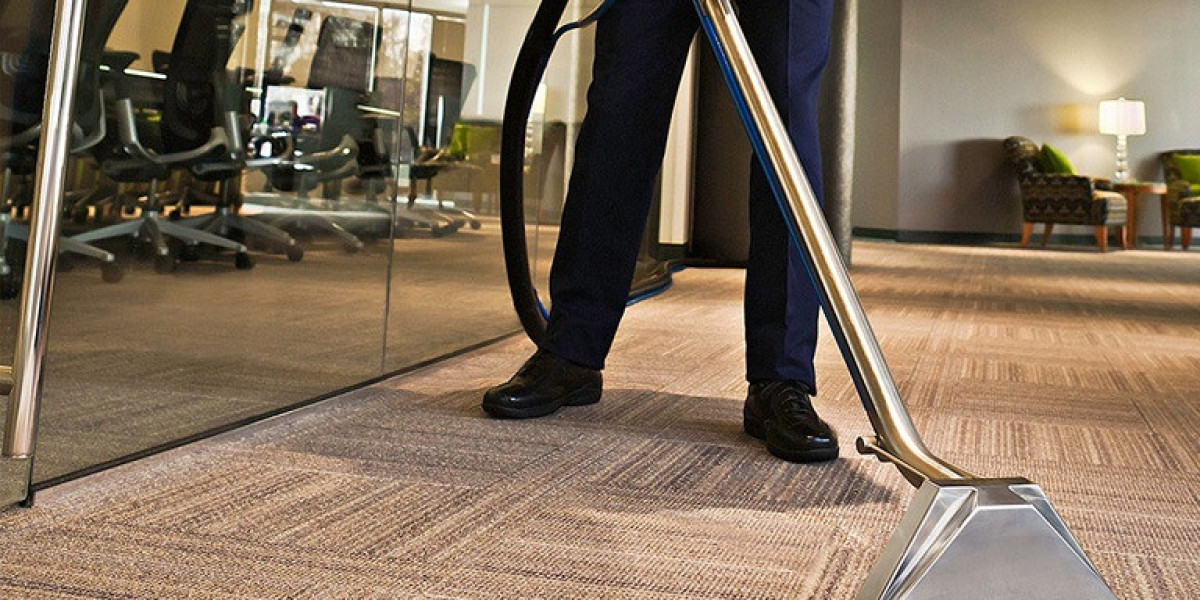The Hidden Dangers of Chemical Products in Salons
Why Awareness Matters for Every Salon Visit
The Hidden Dangers of Chemical Products in Salons
This article explores the major disadvantages of salon use in chemical products, helping clients and salon professionals make safer and more informed decisions. Whether you’re a frequent salon-goer or someone who owns a beauty business, this is something you must know. For professional, reliable, and safer salon guidance and services, platforms like SalonQuickFix provide insightful solutions and alternatives to chemical-heavy treatments.
1. Hair Damage and Hair Loss
Hair treatments such as coloring, perming, and rebonding are some of the most common salon services that use strong chemicals. Ingredients like ammonia, hydrogen peroxide, and formaldehyde break down the hair's natural structure to alter its appearance. While this may lead to temporary beauty enhancement, it weakens the hair shaft, strips away essential oils, and causes long-term damage. Repeated exposure can result in:
Split ends
Dry, frizzy hair
Hair thinning
Excessive hair fall
In some cases, permanent hair loss
People with sensitive scalp or pre-existing hair issues are even more prone to these side effects.
2. Skin Irritation and Allergies
Many skincare treatments offered in salons use products that contain parabens, sulfates, synthetic dyes, and fragrances. While these may make the skin look instantly radiant, they can cause irritation or trigger allergic reactions. These effects include:
Redness or blotchy skin
Itching or rashes
Swelling
Acne breakouts
Chemical burns in extreme cases
Salon professionals sometimes overlook patch testing before applying new products, which increases the risk of allergic reactions. Moreover, unlicensed or low-budget salons may use counterfeit or expired products, which heighten these risks significantly.
3. Respiratory Problems and Eye Irritation
Hair smoothing treatments like keratin or Brazilian blowouts often contain formaldehyde—a known carcinogen. When these products are heated during styling, they release toxic fumes that affect not only the client but also the salon staff. Prolonged inhalation can lead to:
Breathing difficulties
Chronic coughing or wheezing
Headaches or dizziness
Watery or burning eyes
Asthma-like symptoms
Poor ventilation in salons makes these effects worse. For workers who are exposed to these chemicals daily, long-term respiratory issues are a serious occupational hazard.
4. Hormonal Imbalances
Certain chemicals in beauty products, especially phthalates and parabens, act as endocrine disruptors. These mimic hormones in the body and interfere with normal hormonal function, potentially leading to:
Fertility problems
Irregular menstrual cycles
Premature puberty in teenagers
Thyroid dysfunction
These effects build up over time, especially in clients or workers with frequent exposure.
5. Increased Risk of Cancer
The beauty industry often uses products containing chemicals linked to carcinogenic outcomes. Formaldehyde, coal tar dyes, and certain preservatives used in dyes, hair straighteners, and nail polishes have all raised red flags in medical research. Continuous use or exposure to these substances has been associated with:
Leukemia
Nasopharyngeal cancer
Non-Hodgkin's lymphoma
Skin cancers in extreme cases
Salon workers are especially vulnerable due to daily contact and lack of proper safety training or protective gear.
6. Environmental Harm
Chemical residues from salon treatments don’t just wash off—it goes down the drain and ends up polluting water systems. Ingredients like microbeads, synthetic dyes, and silicones are non-biodegradable and toxic to marine life. Additionally, aerosol sprays, acetone-based nail polish removers, and bleach release volatile organic compounds (VOCs) that harm the ozone layer.
Even packaging used in beauty products—often single-use plastics—is not recycled properly, contributing to land and ocean pollution.








